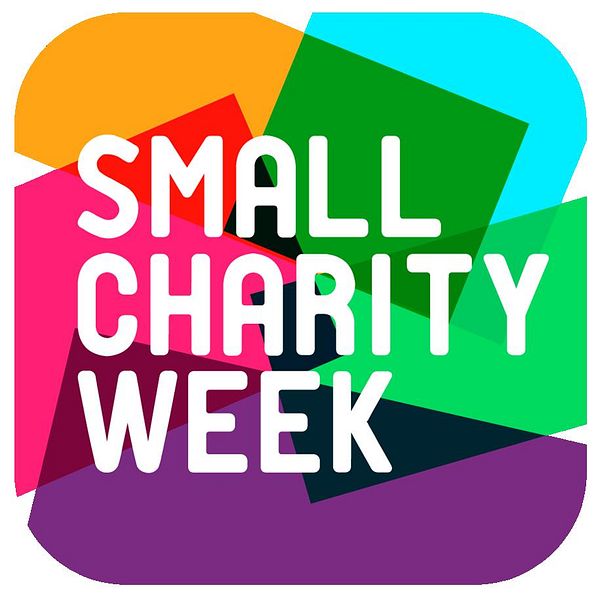Blog post -
Making a Splash on Twitter
As charities we’re always looking for ways to inform more people of our important work and the difference that we make. One quick and easy way to do this is via Twitter. Not only can we build a network for those already interested in our work but it’s also a great tool to widen our reach by easily engaging with new audiences.
When you’re in a small charity it can sometimes be tricky to find the time to dedicate to building and managing your Twitter activity, so here are the FSI’s top tips on getting started:
- 1.Use a Twitter managing platform such as Hootsuite or Tweetdeck which provide free accounts to manage all of your activity, including scheduling tweets for the future. This means you can cut down time by scheduling tweets in advance so that each day you only need to keep an eye on your tweets and responses.
- Using one of these platforms you can plan a week of interesting and informative content to help to attract and engage new followers. Create a tweet calendar to help you plan content in advance and then schedule in these regular tweets. You should be tweeting every day, there’s no right or wrong number amount of tweets but top performing Twitter brands send out between 1-7 tweets per day.
- 2.Know what different tools in Twitter are for so you can make the best use of all of them. For example:
- #Hashtags – A hashtag is a word or words preceded by the # symbol which changes the words into a link. These words can then be searched or if you click on the link it will show all the different tweets included in that #hashtag. #hashtags often trend across Twitter so it might be useful to think about whether you can successfully use a trending #hashtag to engage with new audiences.
- @ - The @ sign is used to call out usernames in tweets, e .g. "Hello @thefsi!" People will use your @username to mention you in tweets, send you a message or link to your profile.
- Favouriting - Favouriting a tweet indicates that you liked a specific tweet. You can find all of your favourite tweets by clicking on the favourites link on your profile page.
- Don’t forget the difference between starting a tweet with @ and someone’s username as this means your message is going directly to the user’s account and won’t be seen widely by your followers unless they click onto your Twitter home page to view all your tweets. Whilst starting a tweet with .@username mentions the username, by placing the full stop first your tweet will go out to all your followers just like your other tweets do.
- 3.Engaging with your audience – the best way to engage with your audience is to remember who they are and what they are interested in and then creating content to meet this need. Content is king, even if people are interested in your charity they might not continue to follow you on Twitter if your content isn’t engaging. Think about:
- People are interested in real life stories around what you do – storytelling
- Focussing on visual content – tweets that include images or short videos are more likely to be engaged with so make sure a proportion of your tweets are visual.
- Search for mentions of your organisations to see what others are saying
- Don’t forget your call to action in your tweets as research has found tweets with calls to actions have an average of 35% more engagement.
- Use URL abbreviators when you are adding links to tweets for example bit.ly or ow.ly
- Remember that each of your tweets are unlikely to be seen by your full audience, therefore the chances of people seeing same messages twice are slim so feel free to repeat tweets throughout the day/week alongside your new content.
- 4.Twitter is a two way street and its worth thinking of it as a conversation. Don’t forget to follow people back and follow others that you have an interest in. Start-up conversations, re-tweet others and make sure you respond to those who interact with you or respond to your content. Not only will this make them feel important but it’s also a great way to increase your active followers.
- 5.Think about the best time to send out your tweets – research has shown between 10.00-15.00 is a good time to send out messages but don’t also forget 8.00-9.00 and 17.00-19.00 when people are commuting as well as during the weekends and more likely to be catching up with their social media content.
- 6.Have goals for what you want to achieve on Twitter so that you can track your progress. For example, are you using Twitter to gain new followers, if so, how many followers per month would you be happy with? How many people are going to your website directed by your tweets? Or are you tracking the number of engagements or replies you have? Again, be specific about the numbers you would be happy with.
- You can track data on your Twitter activity through Twitter Analyticswhich offers a free account that lets you view and download data that can be used for reporting.
For more information on using Twitter the FSI runs a social media course for small and local charities and community groups (those with a turnover up to £1.5 million), check out the next events we have coming up across the UK.
Small Charity Week's # social media competition is running throughout Small Charity Week (19th-24th June) with cash prizes for the winning charities www.smallcharityweek.com
Conchita Garcia is Head of Projects and Fund Development at the FSI and is responsible for the charity’s marketing activities.
Topics
- Public sector
